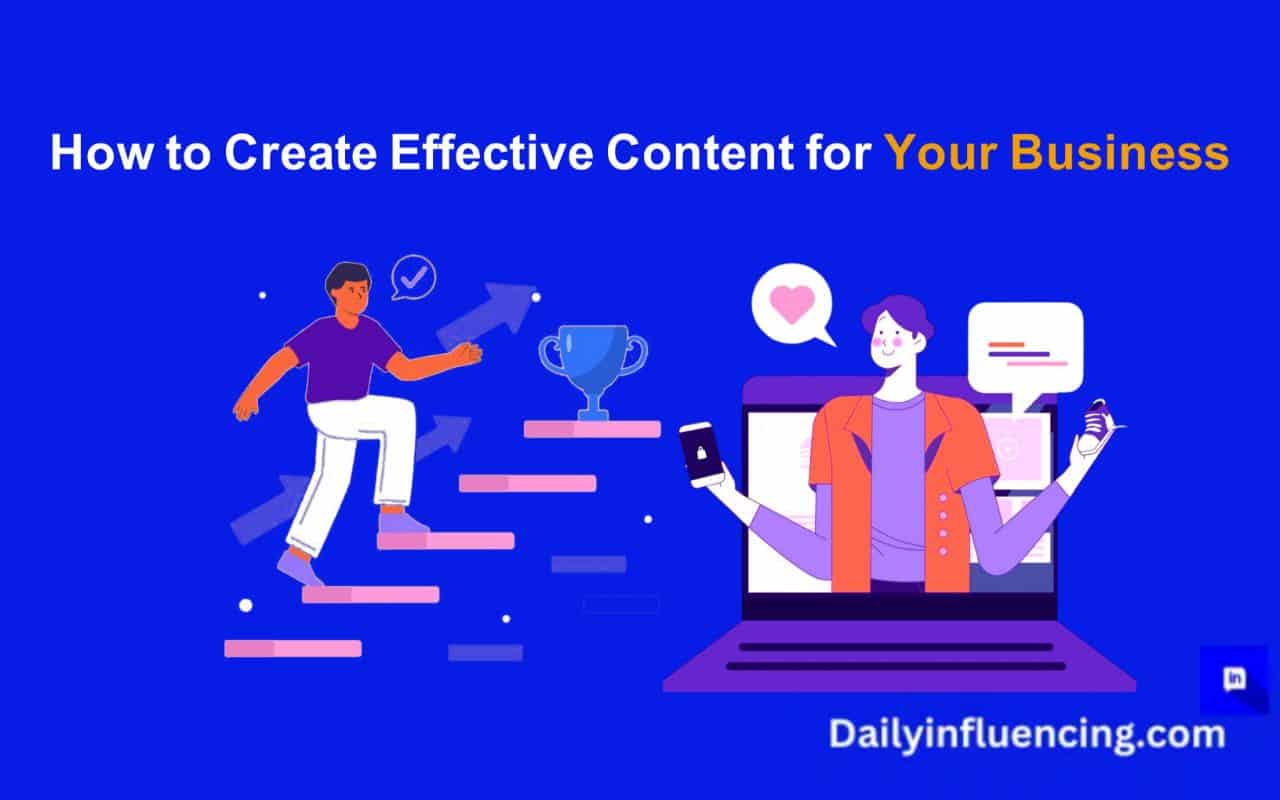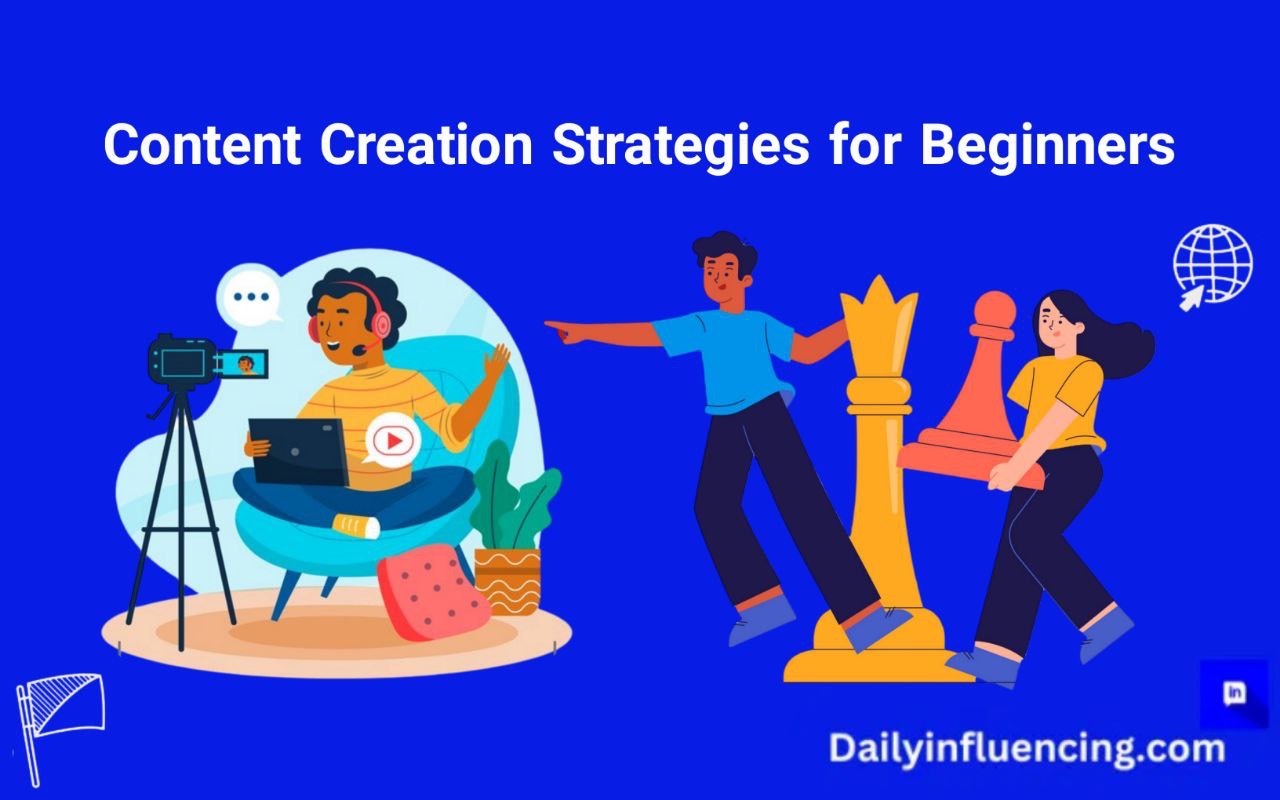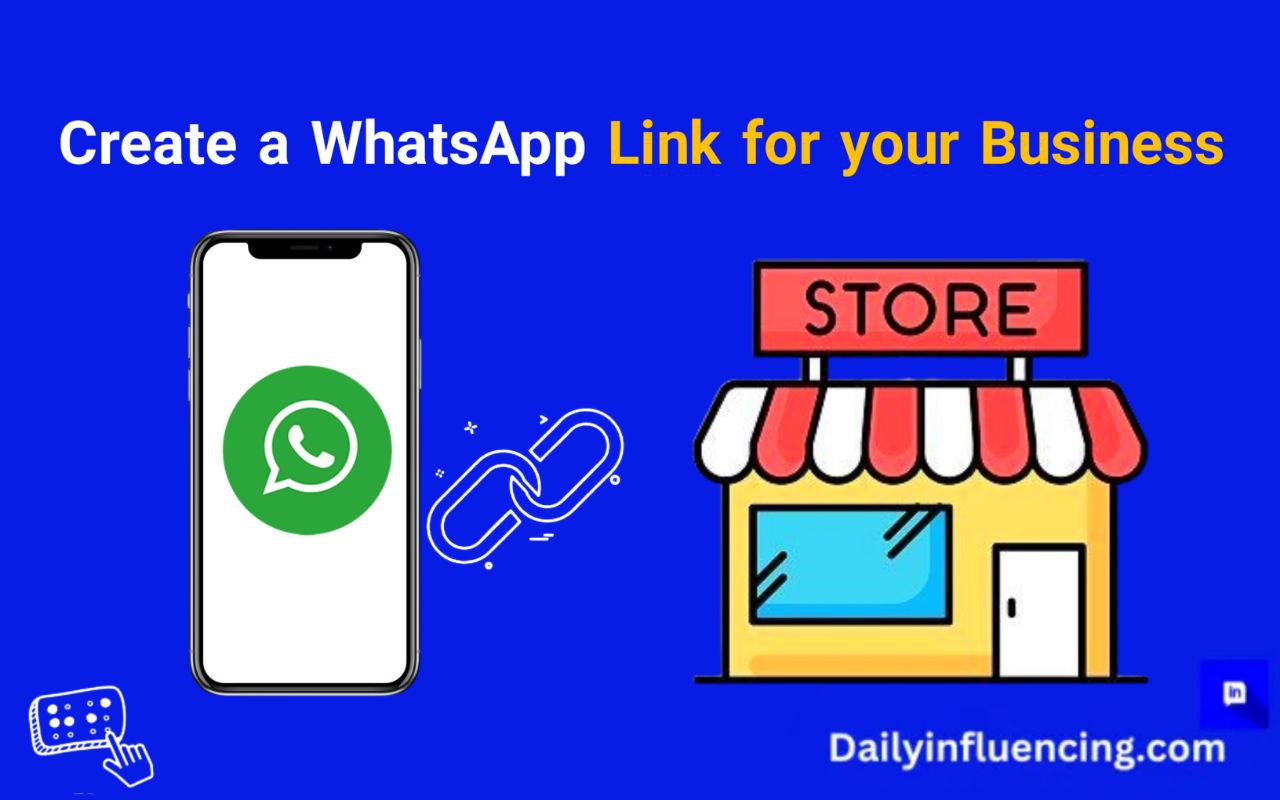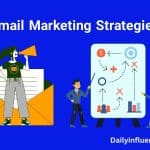
Content is everywhere and in different forms. We have written content, visual content and audio content. But what actually differentiates a good content from a bad one is just a phrase known as “content strategy”. Without putting this in place, you’ll find yourself speaking into the void for your business, which means your audience will not trust you and there will be low chances of making sales.
In this post, we’ll look at what content strategy is, why it’s important and step by step guides to creating an effective content strategy.
What Is Content Strategy?
A content strategy is a plan for creating information online. This strategy helps a business to create, manage and distribute content In a relevant and consistent manner.
A content strategy aligned with your business goals will not only help you scale, but also help you attract the kind of audience you need for your business. A good content strategy ensures your content is intentional which makes sure of the fact that every piece of content you create is aligned with your business goals.
Why Is Creating A Content Strategy Important?
Your content is the first touchpoint of your sales funnel. It’s not just another piece of writing, it’s a way of letting your audience know you care about them.
Creating a content strategy is like having a map while hiking. It helps you to avoid churning out unnecessary content. And more than that, it is a way to ensure that you always put out content that are relevant to your audience.
This builds your audiences’ trust and gives them an opportunity to understand your values and the problems you solve.
When a content strategy is done right, it helps a business generate quality leads and ultimately make more sales.
Step By Step Guides To Creating An Effective Content Strategy.

Having a content strategy in place can have a positive impact on your business. Here are 8 key guides that will help you develop your content strategy:
1. Define Your Brand Goals
When trying to create a content strategy, it is important to define your business objectives I.e, what exactly you want to achieve with the content.
Is it to increase brand awareness, or to generate leads or improve customer satisfaction. Whatever goal you’re trying to achieve needs to be SMART: (Specific, Measurable, Attainable, Relevant and Time bound).
For E.g: A brand goal could be to generate 10 leads by December 2024, close two clients and retain them. Or it could be to increase your business visibility by 75% and drive more traction to your website.
Setting your goal or objective helps you set the pace for the kind of content you will put out.
2. Identify Your Target Audience (TA)
Your TA are the people you’re trying to reach with your product or service. The ability to identify who they are, what pain points they have and the dream outcome they are expecting in the nearest future is really important when it comes to creating an effective content strategy.
To identify your TA, you need to create what’s known as a buyer persona.
A buyer persona is a detailed profile of your ideal customer. This has to include their:
- Demographics: Man/woman, age gap, urban/ rural area.
- Psychographics: Their personality, lifestyle, motivation and values.
- Pain points: What problems they’re trying to solve.
- Dream outcome: Where they will like to be in the nearest future.
Creating this will increase your chances of attracting your audience in the midst of the crowd and also makes it easier to tailor your content to address their pain points and provide solutions.
3. Conduct A Content Audit
A content Audit is simply going through your current content to assess its quality and performance.
When this is done, it gives room for content improvement and helps you create relevant and valuable content.
4. Identify Your USP
Unique selling point, commonly known as USP are those things that set you apart from other businesses in your niche. You need to figure out the one thing that your business has that no other business does.
When you find it and include it in your content strategy, it sets you apart and helps you stand out from your competitors.
5. Develop Your Content Pillars
Content pillars are the main themes that support your overall content strategy. Your content pillars make it easier to position yourself as an authority in your field and helps you create a clear roadmap for your content creation.
For instance, if you’re in the marketing niche, your content pillars could be; lead generation, networking and brand building.
6. Develop A Content Calendar
A content calendar is a calendar that specifies what kind of content to put out, what format it should be in and when it should go live. Your content calendar should align with your brand goals.
If your brand goal is to increase visibility, your content calendar should contain topics aligned with increasing visibility such as storytelling contents. If it is to attract clients, then it should contain informative contents that puts you as an authority in your niche.
Whatever the goal you’re trying to achieve, you need to align it with your content. This helps to avoid confusing both yourself and your readers.
7. Create High Quality Content.
Your content strategy won’t be complete if you don’t create content that are relevant and engaging to your target audience.
8. Measure And Analyse:
Have KPI’s (Key performance indicators) that helps you to analyze what works and what doesn’t. Make adjustments where necessary and always refine your content strategy to help you deliver value to your audience.
For instance, if your goal is to increase visibility, an important KPI to look out for should be your organic search traffic. Has it increased over the allotted time, has it reduced or is it stagnant.
If it’s low or stagnant, then you need to review your content strategy and find out what’s wrong. If it’s increasing like you want, you also need to analyze what worked and double down on it.
Conclusion
In conclusion, to create an effective content strategy for your business, you need to understand what it is and it’s impact on your business. Follow the step-by-step guides to creating an effective content strategy and watch your business take a turn for the best.
FAQ’s On Creating An Effective Content Strategy
1. What type of content should I create?
The type of content you create will depend on your audience’s preference. Run research and find out what they want to know and create contents around it. Your content can be in different formats like: Blog posts, social media content, videos, articles etc.
2. How do I measure the success of my content strategy?
To measure and analyze the success of your content strategy, you need to look at key metrics such as :
- Social media engagement
- Website traffic/ organic search volume.
- Lead generation.
- Sales.
These metrics give you measurable insights to understand if your strategy is a guide for your marketing goals.





